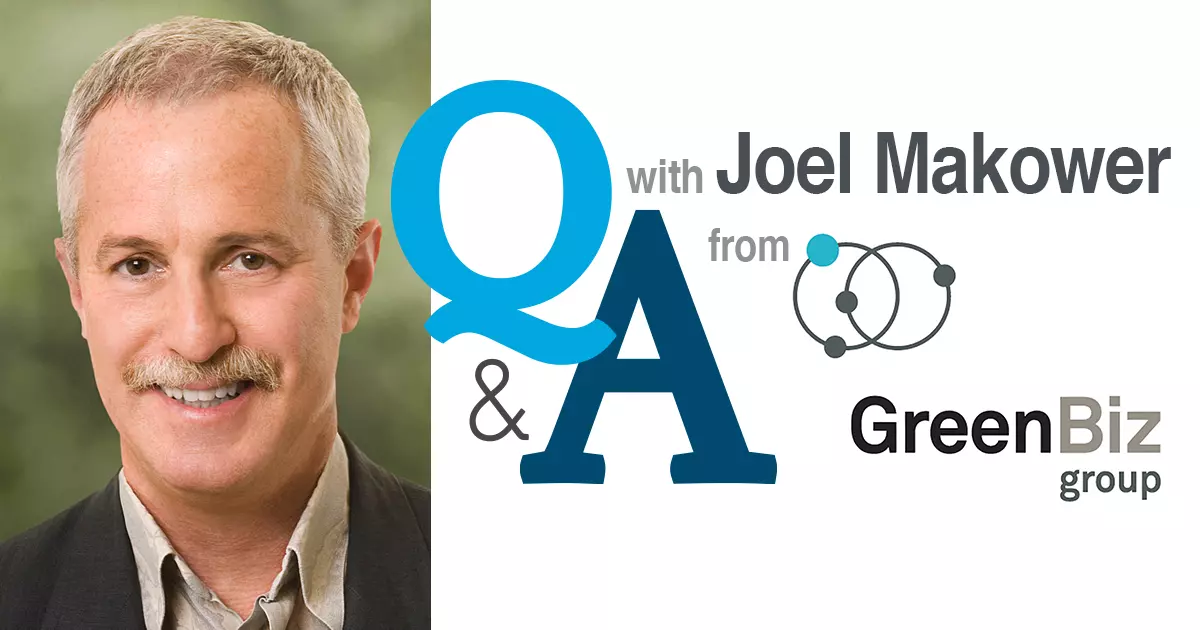The ESG Standard: Why Doing Good Is Good for Business (Part 1)

Instead of lofty mission statements about sustainability just to make you feel good, companies are focusing on environmental, social and governance (ESG) measurements to give you the facts. Here’s part one in a two-part series breaking down why robust ESG programs and communications matter for your business.
So, What Exactly Is ESG?
The global pandemic, urgent warnings about climate change and social movements for racial and gender equality have precipitated economic and social transformation at a breakneck pace. As a result, companies today face increasing pressure to meet higher standards in the way they care for the environment, engage with the community and manage their fiduciary responsibilities.
Now, companies are taking a more holistic, data-driven approach to demonstrate their commitment to meeting higher Environmental, Social and Governance (ESG) standards to deliver financial value more responsibly.
In a recent “Marketing to Complex Industries” podcast, Ecomedes Founder and Chief Innovation Officer Paul Shahriari describes ESG as “doing good for the planet, doing good for other people, but also making sure you have the right guidelines in place to guide your processes as you make decisions in business.”
ESG is a set of criteria used by investors for evaluating the environmental and social impact of an enterprise. Unlike corporate social responsibility (CSR) initiatives — which focus on qualitative, difficult-to-measure goals within an organization — ESG takes a data-driven approach to quantify a company’s social responsibility through specific metrics for outside stakeholders. A growing number of investors are applying these nonfinancial factors to their analyses to predict future enterprise value.
![]()
Here are the kinds of standards companies look at when capturing environmental, social and governance metrics:
- Environmental standards are used to measure a company’s performance in a broad range of issues related to their environmental footprint. Metrics may be collected on carbon footprint, greenhouse gas emissions, energy efficiency, water conservation, renewables, resource management, green infrastructure and more.
- Social standards relate to the ways companies respond to complex social issues like diversity and inclusion, pay equity, social justice, data privacy, health and safety, treatment of employees and more.
- Governance standards relate to how a company manages its organization and fiduciary responsibilities. Metrics address a variety of issues, such as executive pay, transparency with shareholders, independent oversight, diverse management, dual- or multiple-class stock structures and more.
How do these nonfinancial factors relate to long-term financial performance? Well for one, government regulations are constantly moving in this direction to deal with the climate crisis. It may be only a matter of time before the U.S. government mandates some form of ESG disclosures. Companies who are proactively meeting higher standards will be ahead of the curve and can minimize the cost of compliance. And as climate risks become ever more real in the minds of lenders and investors, ESG metrics are becoming a standard for managing financial risk.
An Urgent Call for Change
When the Intergovernmental Panel on Climate Change (IPCC) issued their latest report in August 2021, it was the harshest assessment yet of our future on a warming planet. Many devastating impacts of climate change are now unavoidable, the U.N. scientists concluded in their report, but there is still time to mitigate the worst effects of global warming if we act now.
As warnings about climate change become increasingly urgent, a tectonic shift in the way we think about the economy, assess business performance and manage risk is also underway. As billionaire and Black Rock CEO Larry Fink put it in a recent letter to CEOs, “climate change has become a defining factor in companies’ long-term prospects.”
Doing Better Business With ESG
Reactively responding to global pressures with hard-to-measure sustainability initiatives is no longer enough. To attract investors, improve profitability and secure long-term survival, companies are beginning to recenter their business objectives based on Environmental, Social and Governance priorities.
In fact, global ESG assets are on track to exceed $50 trillion by 2025 — more than a third of total projected global assets. This intensifying focus on ESG in the business community isn’t just another trend to superficially improve share price or brand perception, it’s a movement that’s strongly linked to better financial performance, employee retention and risk management.
For example, take a look at the performance of one of the ESG poster children, Nvidia. As a leader in semiconductors and artificial intelligence, they also adopted a robust ESG platform to ensure responsibly sourced minerals, pay equity and governance committee oversight. The results have wowed investors with more than 1000% gains over the past five years.
Sure, it doesn’t hurt to be working in one of the hottest technology sectors in the world, but Nvidia is also part of a larger trend of ESG companies outperforming non-ESG competitors. Investors and consumers are willing to reward businesses that put ESG priorities front and center.
What ESG Metrics Mean to Your Stakeholders
Meeting high ESG standards can also have a positive impact on an organization’s relationships with stakeholders. As Shahriari said during his podcast, “entire swaths of the marketplace want to make sure they [companies] are doing the right thing.”
Consumers, business partners and investors have become much savvier when it comes to spotting corporate “greenwashing.” The transparency and tangibility of ESG metrics build trust and reassure stakeholders your business is acting conscientiously.
- Customers are more loyal to businesses that share their values. And just a side note: it costs 5x more to recruit new buyers. Today, the public mindset is shifting to think more about the long-term impacts of their buying decisions, and customers are more likely than ever to cut ties with companies that cannot demonstrate environmental responsibility and active community building.
- Partners and suppliers have their own brand relationships to maintain, and they face the same global pressures as you do. Better brand perceptions and customer affinity won with strong ESG standards can have a network effect for your partners.
- Employee attraction and retention may also be linked to ESG performance. According to Barron’s ranking of America’s Most Sustainable Companies, employee turnover is 25%-50% lower at sustainable operations. And this trend will likely continue. Millennials and Generation Z will soon be the majority of the workforce. Their employment decisions are driven more by purpose and status than the size of the paycheck, and surveys have shown they place much greater importance on environmental and social issues.

- Investors and lenders are increasingly turning to ESG metrics to assess the long-term viability of a business. Not to mention, a new generation of conscientious investors seek to incorporate their values in their portfolios. Banks are also assessing ESG risks when considering loans to corporate clients. Solid ESG programs can reassure banks and investors that your company is proactively and responsibly managing risks.
How Does an ESG Program Impact Your Organization?
The positive impacts ESG has on stakeholder relationships also come with clear business benefits. And a strong communications strategy built around ESG benchmarks can be a powerful way to connect with customers, investors and business partners. But the impacts of ESG programs go beyond perceptions, customer loyalty and higher share prices; they can also benefit business operations.
According to the latest McKinsey Global Survey on valuing ESG programs, more than half of the C-suite respondents say ESG programs are a proxy for better management. Governance standards, accountability and greater transparency all play a role in improving the management of people, resources and operations.
Chief Financial Officers are also embracing ESG measures as a way to lower borrowing costs and cut operating expenses. They say integrating sustainability can help reduce operating expenses long-term through resource management, energy efficiency and proactive regulatory compliance.
The key to success in sustainability is rooted in a values-based strategy that uses operationally based initiatives. In addition, manufacturing trends we’ve already looked at, like automation and IoT technology, can help manufacturers implement sustainable processes that improve efficiency, reduce energy usage, lower carbon footprint and leverage renewable resources.

What’s Next for Your ESG Goals?
Whether you’ve been measuring ESG performance for decades or you’re just getting started, there are a number of ways your organization can make the most of your ESG metrics. In the next post, we’ll discuss ESG communication strategies, third-party ESG recognitions and success stories of robust ESG strategies.
Sign Up for our Newsletter - Get agency updates, industry trends and valuable resources delivered directly to you.
Donna Harris - Director of Strategy
Donna is fascinated with industry trends and market research. She supports account teams with insight and strategic planning and thrives on conquering challenges that keep clients up at night.




